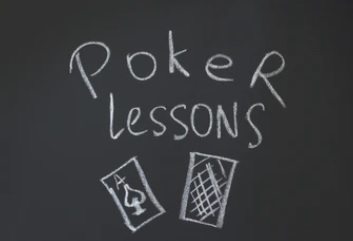Years ago the continuation bet was a very little known poker concept. This was knowledge that only regular strong players tended to have. This is not the case anymore and continuation betting is so basic that it basically rivals hand strength and position as basic poker concepts that even beginners know. So now the tactic of raising and then firing again on the flop is well known.
He doesn’t know whether or not to fire another barrel, as doing so would start to dangerously escalate the pot with a mediocre hand. Yet he fears that checking will show weakness. He doesn’t know what to do, but hates the thought of being suckered along by his opponents better hand. He decides to check and his opponent makes a ¾ pot bet. Our hero reluctantly folds. For the record, his opponent had K-9 offsuit. This result was perfect for the caller and this example highlights why this tactic is so common know, so common in fact that they have given it a name, “floating”.
So just how do you combat this utterly annoying tactic? You really have to know your opponent, and knowing whether or not they are aggressive and tricky or if they like this tactic a lot will stand you in good stead. I have seen many players who seemed to have fallen in love with this tactic in the belief that they were being cute.
As always you cannot just blindly do anything in poker. If you blindly float the wrong players then they are going to be firing again on the turn, either because they are rocks and actually have a hand or they are strong players who are capable of firing another barrel with air.
This then leaves you in the situation of having called a flop bet with junk and you still have nothing on the turn. Your only options now are to either fold and lose the pot or utilise the extremely risky and very costly move of raising. Or, you could try calling again (a double float) with the intention of taking the pot away from your opponent on the river. The last two lines of play are very risky and also very expensive when they go wrong. This is one of those situations where tracking software really does come into its own and I use Poker Office for this very purpose.
This highlights how it really pays to know your level. The natural follow on from this is that this is why many players fail to make money when they move up in limits too quickly. Moving up and down the limits will produce differing game dynamics and this is a good reason to only gradually dip your toe in at the higher levels, rather than jumping in head first.
Although I never do anything 100% of the time, as you need to balance your play at all times unless you are playing at a level where players simply do not notice. So taking the board, betting action, your opponent and the level that you are playing at into account should help you stay one step ahead of these annoying “floaters”.
Carl “The Dean” Sampson is an ambassador for Cake Poker and can be seen at cakepoker.com/thedean and on his blog at www.pokersharkpool.com.

Submit your review | |









